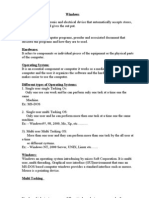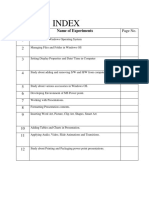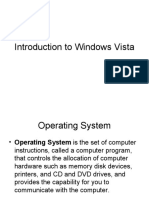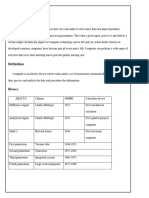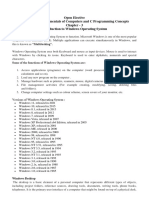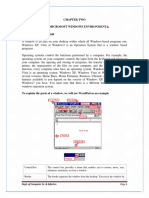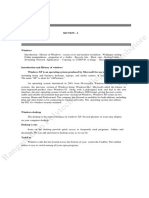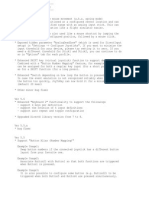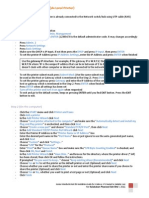0% found this document useful (0 votes)
128 views8 pagesWindows Notes
Microsoft Windows is an operating system that utilizes a graphical user interface (GUI) to manage hardware and software. It includes various versions and performs tasks such as file organization, controlling peripheral devices, and changing computer settings. The document also details the desktop layout, common items, taskbar functions, and practical activities for users to learn how to navigate and use Windows effectively.
Uploaded by
bonventurelomoeCopyright
© © All Rights Reserved
We take content rights seriously. If you suspect this is your content, claim it here.
Available Formats
Download as PDF, TXT or read online on Scribd
0% found this document useful (0 votes)
128 views8 pagesWindows Notes
Microsoft Windows is an operating system that utilizes a graphical user interface (GUI) to manage hardware and software. It includes various versions and performs tasks such as file organization, controlling peripheral devices, and changing computer settings. The document also details the desktop layout, common items, taskbar functions, and practical activities for users to learn how to navigate and use Windows effectively.
Uploaded by
bonventurelomoeCopyright
© © All Rights Reserved
We take content rights seriously. If you suspect this is your content, claim it here.
Available Formats
Download as PDF, TXT or read online on Scribd
/ 8








